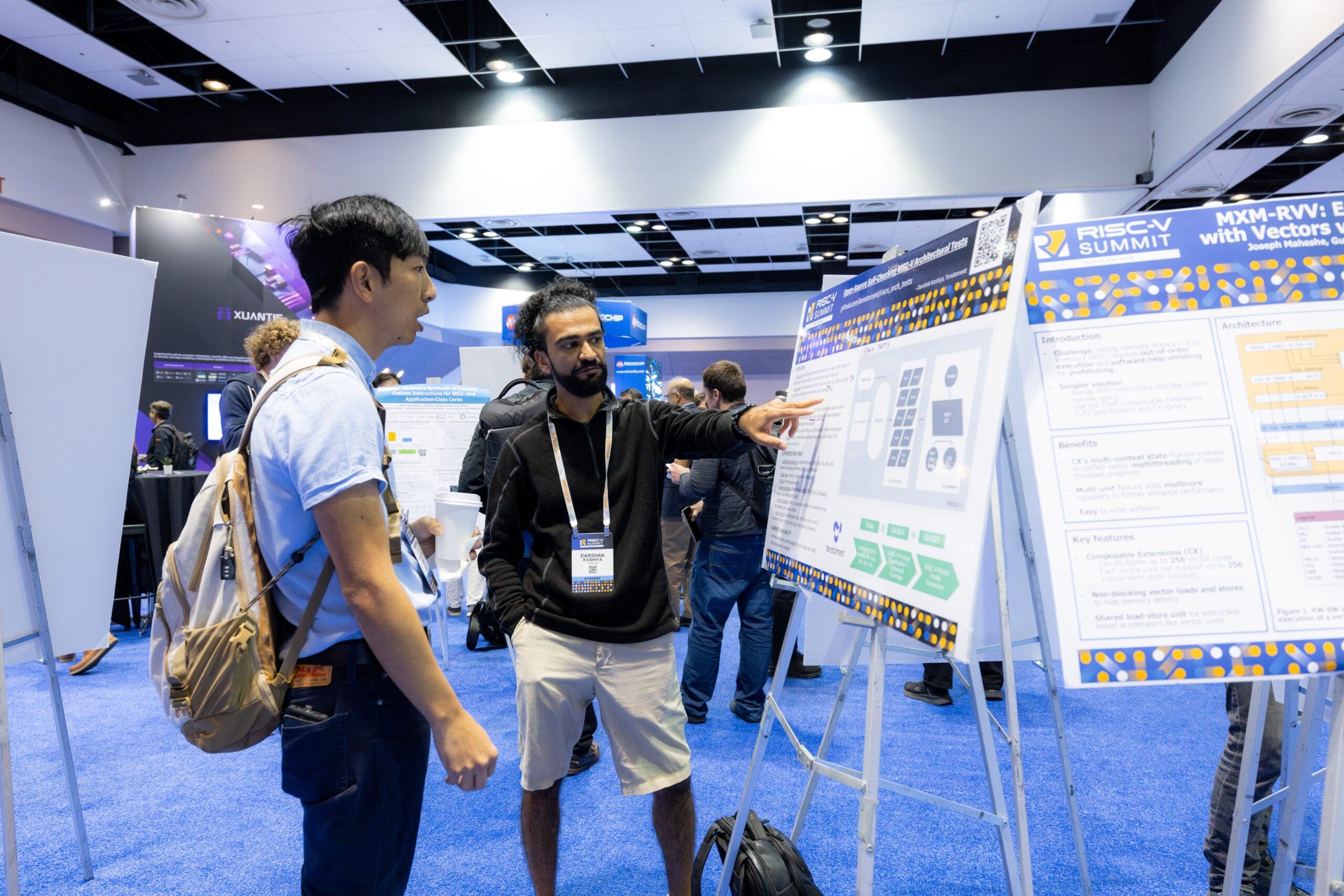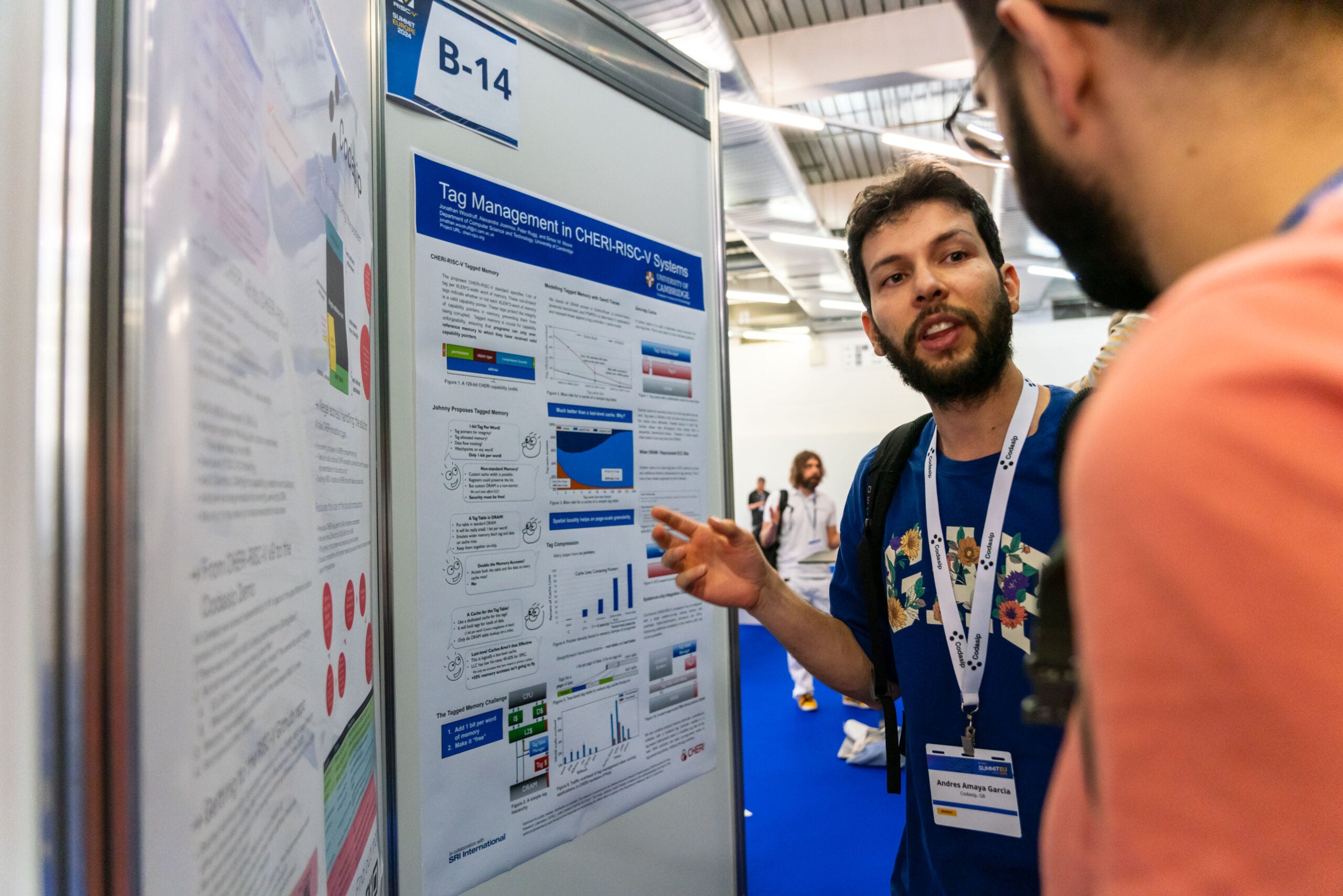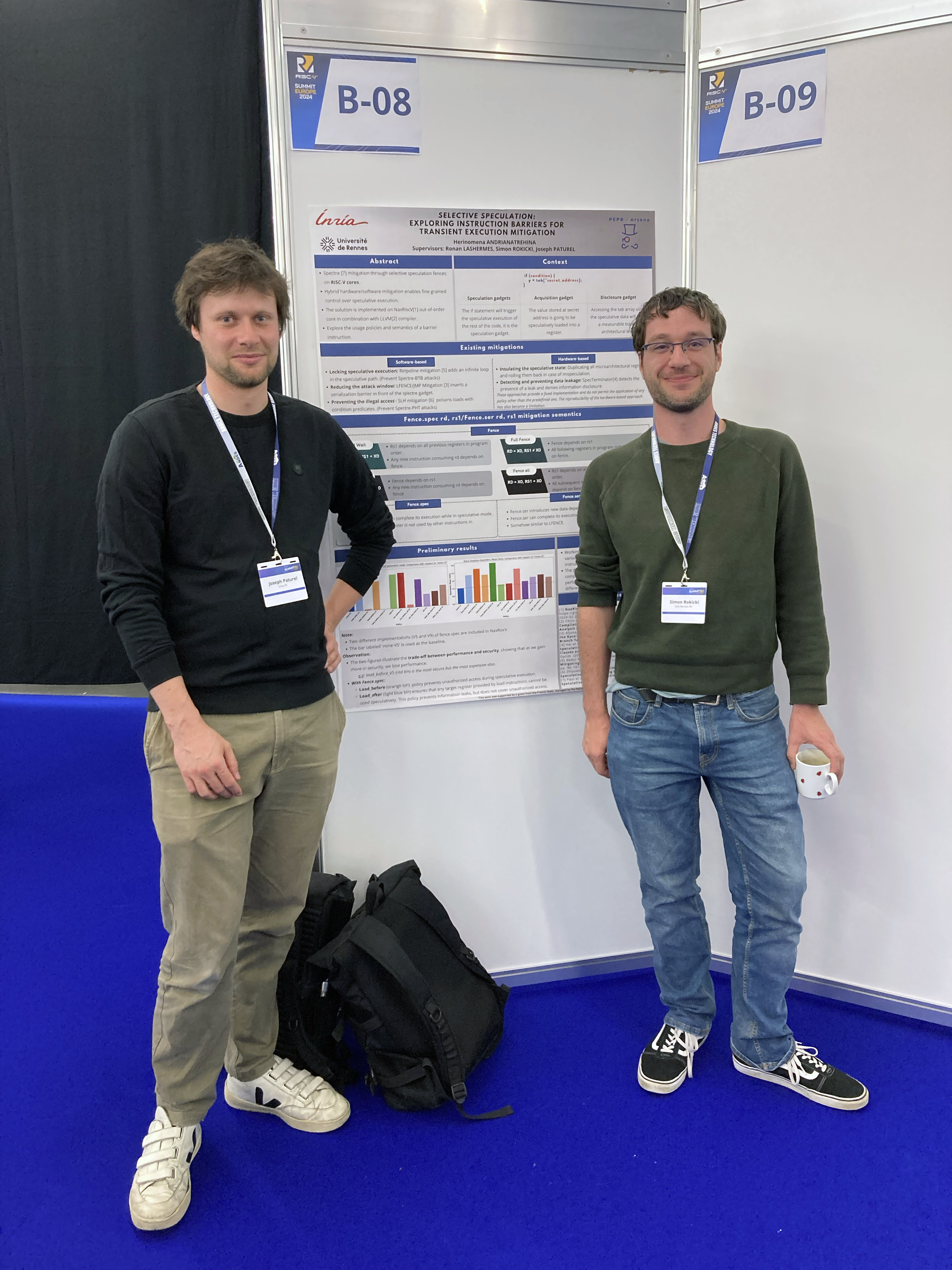
Hello RISC-V Community,
We’ve heard your feedback! Many of you expressed an interest in seeing RISC-V projects from around the world, as well as having the opportunity to share your own. We’re excited to introduce new ways for you to do just that!
👉 Want to See What Others Are Working On?
Here’s where you can explore projects from the RISC-V community:
- Learn Repository on GitHub – Visit: github.com/riscv/learn. Anyone can submit their work! Here’s how!
- RISC-V Blog – Check out the projects under the tag: “Featured Work” here. Only projects endorsed by RISC-V International are featured. Learn how to get your project up there!
👉 Want to Share Your Work?
We are constantly amazed by the innovative projects 🙌 you’re working on, and we want to give you a platform to showcase them! Maybe you will find future collaborators or an organization interested in working with you? Here are a few ways to share your work:
1. Post on the Learn Repository on GitHub
Share your project with the community by posting it in the Learn Repository. Anyone can submit their work! Visit github.com/riscv/learn and submit a request to be added as a collaborator. Once approved input details about your work!
Here are step-by-step instructions on how to do so on GitHub:
Step 1: Visit: github.com/riscv/learn
Step 2: Open an Issue to Request Collaboration Access
- Go to the “Issues” tab -> New issue -> General Request
- Create a new issue with a clear subject like “Request to be Added as a Collaborator – Featured Work”. In request details state “I would like to submit my work to be featured, the title of the work is: INSERT TITLE”
Step 3: Wait for Approval
Step 4: Once your request is approved and you are added as a collaborator, proceed to the next step
- Share Your Work in the “Show and Tell” Discussion
- Go to github.com/riscv/learn/discussions
- Navigate to the “Categories” section and select “Show and Tell your RISC-V Work”
Step 5: Share details about your RISC-V-related work, including a summary of your project, relevant details, and how it contributes to the RISC-V community. Be sure to include any necessary links or visuals that enhance your post. If you are open to feedback, state that and feel free to leave the best way to get in touch with you!
P.S. Make sure to tag your project. Here’s a list you can pull from: HPC; Data Center; ISA; Open-Standard; Design Tools; EDA; Security; AI/ML; Automotive; Embedded; Mobile; Cloud; Software; Hardware; Wearable, Space; Aviation; Tracing; Debug; llm
2. Submit a Poster or Talk to a RISC-V Summit (North America, Europe, China)
Apply to present your work at any RISC-V Summit. Whether through a Poster or Talk, here’s why it’s an incredible opportunity:
Benefits of Submitting a Poster: Boost your visibility and credibility within the RISC-V community
- Have your poster displayed in the Expo Hall for a full day at the RISC-V Summit, viewed by hundreds of attendees
- Present your poster in person, exchange ideas, and build valuable connections
- During the poster sessions, our RISC-V ambassadors and staff will be scouting for standout posters. If selected, you’ll be invited to write a blog post featuring your work!
- Your “Featured Work” blog post will get promoted across RISC-V International social media channels (LinkedIn: 60K+ followers, X: 29K+ followers) and educational newsletter (20K+ subscribers)
Benefits of Submitting a Talk: Build recognition and enhance your professional reputation within the RISC-V ecosystem
- Present your work live on stage to hundreds of experts, leaders, and peers
- Your talk will be featured on our YouTube channel (21K+ subscribers), allowing it to reach a wider audience and become part of your professional portfolio
For a chance to be featured on the RISC-V International blog, you will want to submit a poster or talk to the 2025 RISC-V Summit Europe! Keep an eye out — the Call-for-Papers will open at the end of this year or early next year.
Share your project now and inspire others to create amazing things on RISC-V and share their projects!







👆 Check out our first Featured Work blog post, featuring a standout project from Summit Europe’s poster session in Munich: Microarchitecture Security: The Spectre Affair




